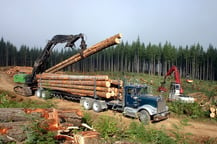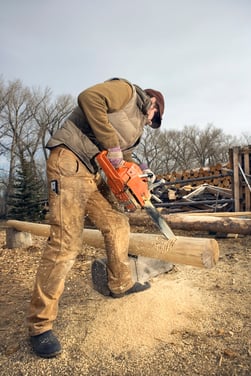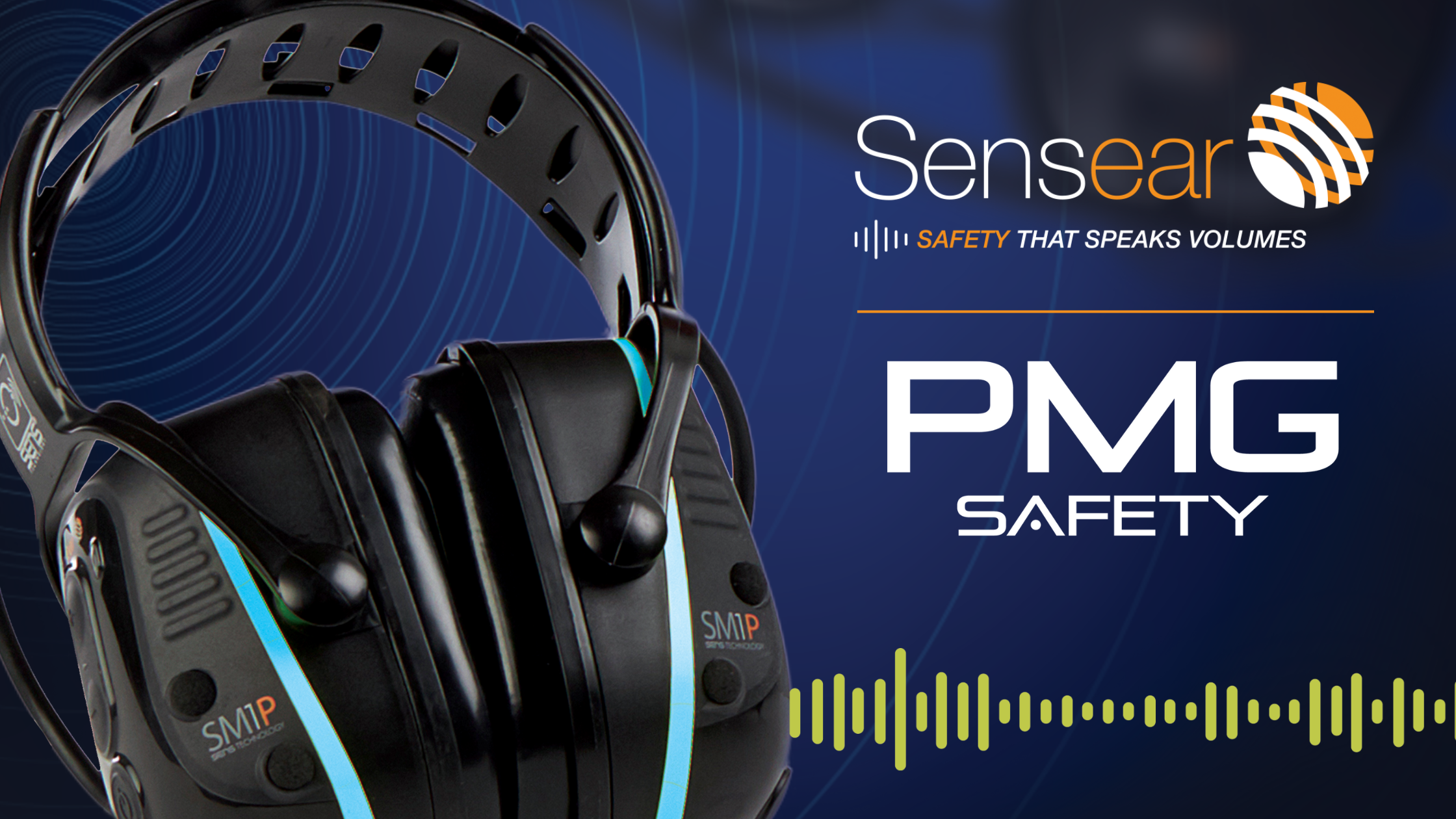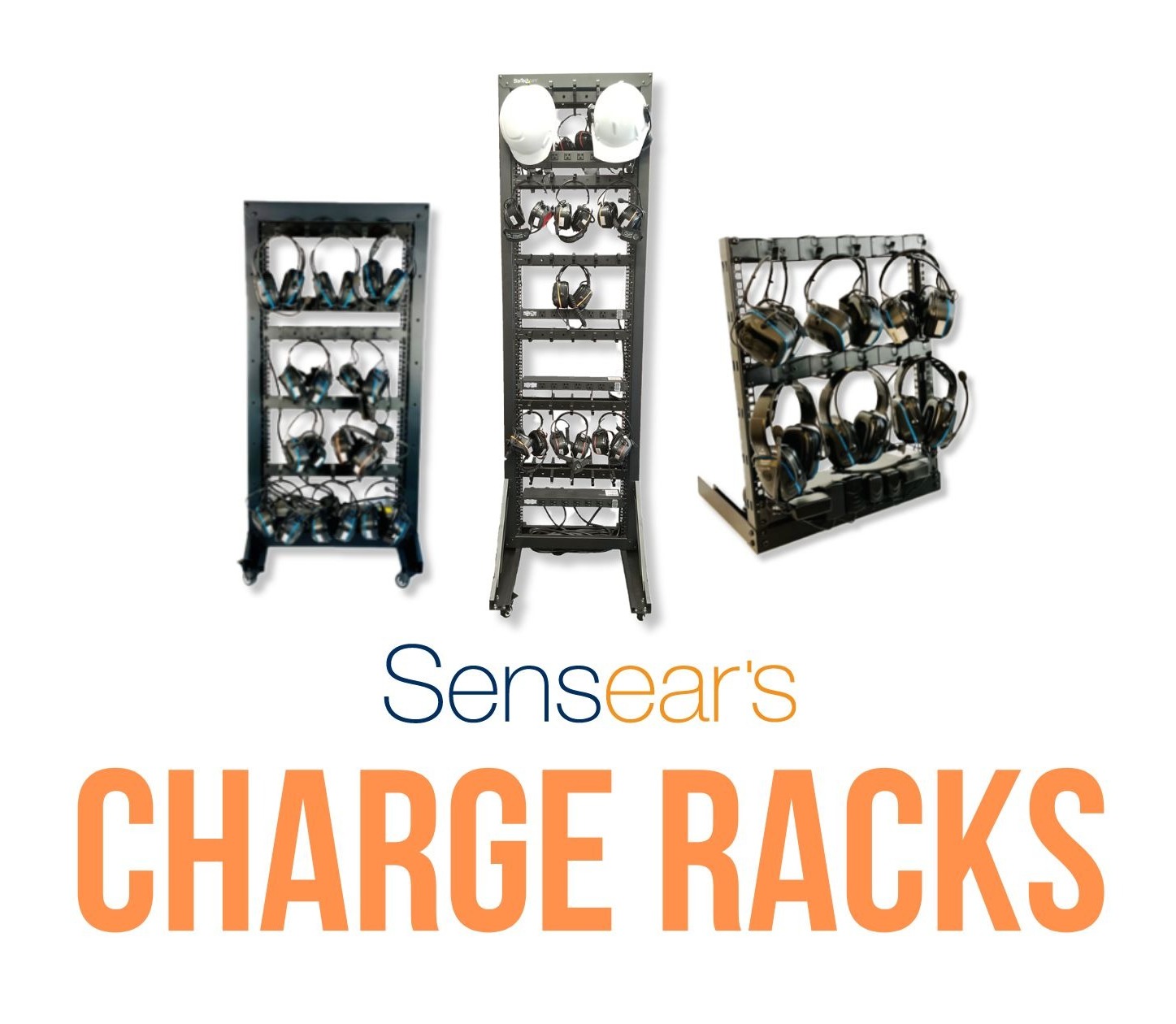
The concept that loud machines cause hearing damage with prolonged exposure is not a new concept. However, it’s rare to find a situation nowadays where the effects of machinery in a given activity or function are seen affecting a population without any protection involved. One such study was done in Brazil and published in 2014.
Forestry Study
The study looked at the Brazilian forestry industry and how regular workers involved were impacted by the machinery and environment they worked in. The country itself already had rules on the books with regards to industrial noise work exposure. Generally, an 85dB maximum was allowed for only eight hours daily. However, research for the study found that in the target population it was common to exceed this limit. In fact, 44% of the employees involved exceeded limits regularly. The study looked at workers who handled skidders, machine/tractors, chainsaws, and loaders. These machines were noted for their significant noise, their ability to produce vibrations, and their combustion design that produced carbon monoxide exposure as well. In most of these situations, it was found that the average noise level was over the legislated level, typically reaching over 90dB. It was also noted, however, that almost all the workers (95%) used some kind of ear protection in the course of their duties. The most common was a form of the earmuff, with 47% wearing full ear protection. That said, some used other options such as earplugs and lesser designs. 2% of workers wore nothing at all because their personal view was that it wasn’t really necessary; these workers were almost all in the function of convoy truck drivers.
No surprise, those who were exposed regularly to higher levels of noise in forestry activities, even with protection, had issues with tinnitus and general hearing loss. However, the study researchers found notable patterns that indicated hearing loss with a good number of workers exposed to noise well in the lower range of decibel levels. About 48% of the workers studied had hearing loss documented with work that was below 80dB, yet the damage was still occurring over time, typically in a six-year period. This result supports the conclusion that longer-term repetitive exposure contributed to hearing loss, as well as the fact that the noise levels that cause damage over time can be far lower in decibel amount than extreme thresholds in safety standards.
Results & Arguments
A handful of arguments were identified to counter the original hypothesis of sound alone being the cause. One reason argued that some other environmental contaminant may have been augmenting the hearing loss in lower-level noise. The second idea was that the workers were already well on their way to hearing loss from previous work before being hired for the studied project. The third idea was that workers had the hearing protection but didn’t use it properly, and the fourth possibility was that the hearing protection provided was inadequate for the jobs being performed and noise exposure involved.

As the study progressed predictive patterns were found. Workers who spent long hours with known noisy machinery had greater hearing loss than those who worked on the same machinery but with fewer hours. The loss difference was significant and was predominantly associated with workers handling chainsaws and tractors. The damage was also occurring in a regular exposure level of 40dB to 50dB, far lower than the legislated level of 85dB or the extreme of 90dB. Another pattern found, using a study over time, that workers who handled equipment with both noise and vibration suffered hearing loss at a greater level than those who just handled equipment making noise, even with both tools putting out the same levels of decibels. This trend is starting to show up in occupational organization recommendations around the world. The Canadian Centre for Occupational Health and Safety event includes hearing loss in their vibration health effects fact sheet.
The Brazil study provides an eye-opener on an industry-specific hearing risk, and many of the same kinds of tools are used in American forestry as well. However, workers have far more choices and access to appropriate hearing protection here than in other countries. So, in theory, the levels of hearing loss seen in Brazil should be replicating in our own domestic industries if people are paying attention and keeping workers protected. However, what is evident from the Brazilian study, as well as here, is that protection is only as good as when it is used. And that’s probably the weakest link in the whole affair – people’s willingness to follow the workplace rules that protect them from known harms. It is good, top-quality hearing protection available including those that allow workers to communicate and maintain situational awareness while still protecting their hearing.
Challenges & Next Steps
Every safety officer knows the one big challenge is human behavior. If an employee refuses to do what's right for himself as directed, hearing loss is inevitable in the course of work. The damage can occur at notably low levels as well as damage over time; rock concert level machinery noise is not necessary. Further, the hearing loss can be compounded by vibration, an aspect that many in the forestry world don't immediately make the connection to as a potential source of long-term hearing harm. After all, most of the general assumption has been that it's extreme noise waves that damage the ear's capacity to hear a wide range, not being shaken like a martini or low-level exposure month after month. Granted, the Brazil study is one report. Good research would look to see the results duplicated in other settings of forestry with different populations. That said, the report should be taken with some attention to the details. Our ears in the forestry business are far more sensitive than previously assumed.
Contact Sensear for more information on how to properly protect your staff from hearing loss during the work shift. Sensear offers patented, highly engineered Smart earmuffs and in-ear plugs that expertly integrate all three commonly needed items when working in High Noise Environments….Communication ◦ Protection ◦ Situational Awareness. Let us show you what Sensear's innovative SENS® Technology can do!Follow Sensear and always be in the know.
Follow @HearSensear







